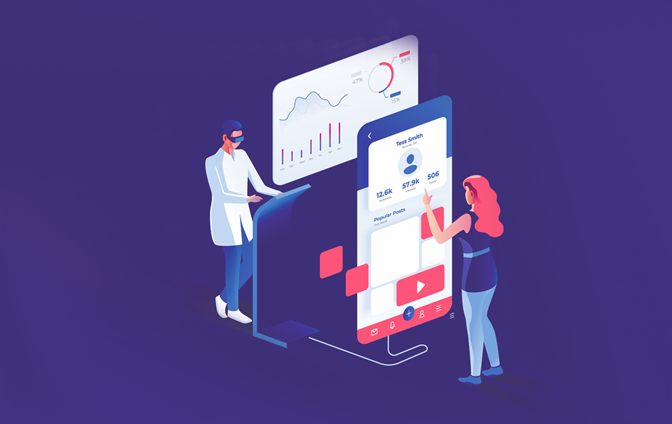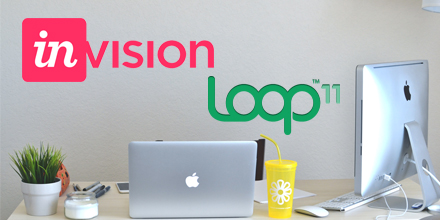When it comes to usability research, it’s not really about the method we employ to collect insights. Nor is it about the design we’re testing, although that plays a major part. It’s about the questions. Simply put, questions are the secret sauce to any research dish.
But how do we ask the “right” questions to garner results? There’s a lot to consider, like the environment we’re in (physical or digital?), the manner of the research (formal or informal?), and the relationship we have with our subjects (i.e. the power dynamics).
While it’s difficult to judge what a “right” question is, there are certain ways to improve the impact of our queries. I personally like to use a mnemonic device – abbreviated “ASK” – which helps me to focus on crafting constructive questions. Here it is:
- A. Avoid starting with words like “Are”, “Do”, and “Have”. Questions that start with these type of verbs are a surefire way to nip insights in the bud. It can lead to what’s called a closed question, i.e. something that can literally close a conversation with a “Yes” or “No” answer. While it may be useful to gather this sort of data at times, try instead to open it up. Using open questions, as Changing Minds notes, gives us time to think, reflect, and provide opinions.
- S. Start with W. The 5 W’s – i.e. who, what, when, where, and why – are the building blocks for information-gathering. It’s a tool from rhetoric, historically attributed to the Greeks and Romans. Essentially, the 5 W’s help us pull out the particulars. The magic behind them is that none of them can be answered with just a “yes” or “no”, so we’re always going to get a bit more of an expressive answer from subjects.
- K. Keep it short. As researchers, we can often let curiosity get the best of us. Excited, we may list out a string of questions, asking more than necessary. By asking more than one question at a time, we ruin the focus of a conversation. We should try to keep our questions short and sweet, so that they may be digested more appropriately.
That’s it. ASK: a simple shorthand for asking incisive usability questions.
If you want to learn more about questions, check out NN/g’s “Talking with Participants During a Usability Test”, for more basic talking techniques. Also, I highly recommend David Sherwin’s “A Five-Step Process For Conducting User Research“, for more on how to choose the right “W” at the right time.
David Peter Simon is a consultant at ThoughtWorks, an agile design and engineering firm. Talk with him on Twitter @davidpetersimon.
![]() Give feedback about this article
Give feedback about this article
Were sorry to hear about that, give us a chance to improve.









